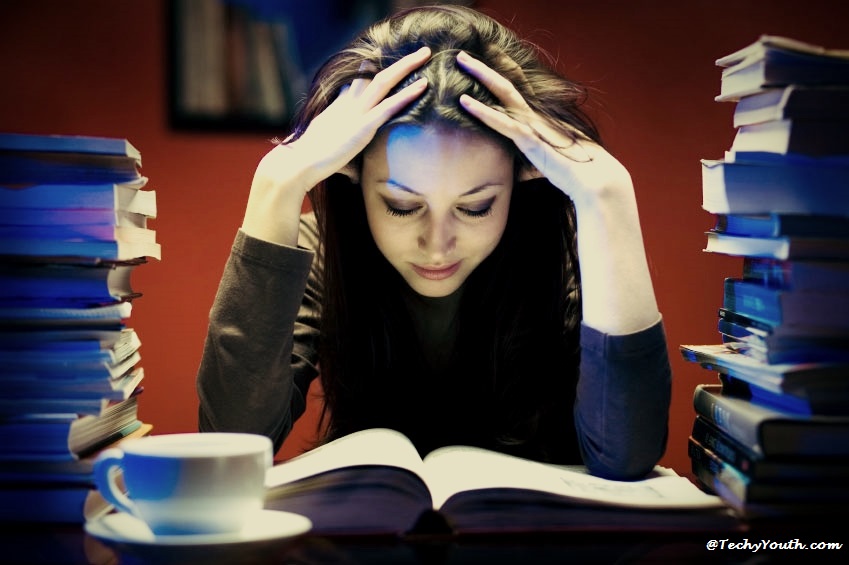Atoms, Molecules, Compounds and Ions – Explained Simply
- Atoms and Matter
Atoms form the foundation of all matter surrounding us. Most atoms cannot exist independently for long. To become stable, they combine with other atoms. When atoms bond, they produce molecules or ions, which in large numbers make up the tangible matter around us.
Examples
- A single oxygen atom is unstable, but two oxygen atoms combine to form O₂ molecule.
- Two hydrogen atoms combine to form H₂ molecule.
- Hydrogen and oxygen combine together to form H₂O (water) – an essential part of life.
Thus, the flow is:
Atoms → Molecules/Ions → Matter
- What is a Molecule?
A molecule is formed when two or more atoms join together through chemical bonding.
This bonding holds the atoms tightly, giving stability.
Scientific Definition
A molecule is the smallest particle of an element or a compound that is capable of independent existence and shows all the properties of that substance.
Types of Molecules
- Molecules of the same element
- Oxygen (O₂), Hydrogen (H₂), Nitrogen (N₂)
- Molecules of different elements
- Water (H₂O), Carbon dioxide (CO₂)
Remember: Atoms alone are unstable, but once bonded as molecules, they represent the complete properties of a substance.
- Molecules of Elements and Atomicity
Not all elements form molecules in the same way.
3.1 Single Atom Molecules
Some elements exist as molecules with just one atom.
Examples: Argon (Ar), Helium (He) → called monoatomic molecules.
3.2 Non-Metal Molecules
Most non-metals form molecules with more than one atom.
- Oxygen (O₂) → two oxygen atoms combine → called diatomic molecule.
- When three oxygen atoms join together, they form ozone (O₃), which is a triatomic molecule.
3.3 Atomicity
The term ‘atomicity’ denotes how many atoms are contained in one molecule.
- O₂ → Atomicity = 2
- O₃ → Atomicity = 3
3.4 Metals and Carbon
Metals and elements like carbon do not exist as simple small molecules.
Instead, they form a large, complex network of atoms.
Examples:
- Diamond (Carbon) → strong 3D network
- Graphite (Carbon) → layered network
So, molecules can be:
- Monoatomic → Ar, He
- Diatomic → O₂, H₂, N₂
- Triatomic → O₃
- Network/Polyatomic → Diamond, Graphite, Metals
- Molecules of Compounds
When different elements combine in fixed proportions, they form molecules of compounds.
Key Point
The proportion is always definite, not random.
Examples
- H₂ + O → H₂O (2 hydrogen + 1 oxygen → water)
- C + O₂ → CO₂ (1 carbon + 2 oxygen → carbon dioxide)
Water never forms H₂O₂ randomly, and carbon dioxide never forms CO₃ – because compounds always follow definite ratios.
- Compounds with Metals and Non-Metals → Ions
When compounds are formed by metals and non-metals, they do not exist as simple molecules.
Instead, they consist of charged particles called ions.
5.1 What is an Ion?
An ion is an atom or a group of atoms carrying a net positive or negative charge.
- If an atom loses electrons → it becomes positively charged (cation).
- If an atom gains electrons → it becomes negatively charged (anion).
5.2 Types of Ions
- Cation (positively charged ion) → Examples: Sodium (Na⁺), Potassium (K⁺), Calcium (Ca²⁺)
- Anion (negative ion) → Examples: Chloride (Cl⁻), Oxide (O²⁻), Sulfate (SO₄²⁻)
5.3 Example: Sodium Chloride (NaCl)
- When a sodium atom loses an electron, it becomes Na⁺, a positively charged cation.
- The chlorine atom (Cl) gains an electron, forming a negatively charged ion, Cl⁻ (anion).
- Together they form NaCl crystal (common salt).
5.4 Polyatomic Ions
Sometimes, a collection of atoms together bears a net charge instead of a single atom.
Examples:
- Ammonium (NH₄⁺)
- Sulfate (SO₄²⁻)
- Summary – Full Concept Flow
- Atoms alone are mostly unstable.
- Atoms combine to form Molecules or Ions.
- A molecule can be composed of atoms from just one element or from several different elements.
- The total number of atoms present in a molecule is referred to as its atomicity.
- Compounds always form in fixed proportions.
- Metal + Non-metal compounds exist as ions (cations and anions).
- Polyatomic ions are groups of atoms with a charge.
Finally, all matter around us is nothing but a beautiful arrangement of atoms → molecules/ions → matter.



